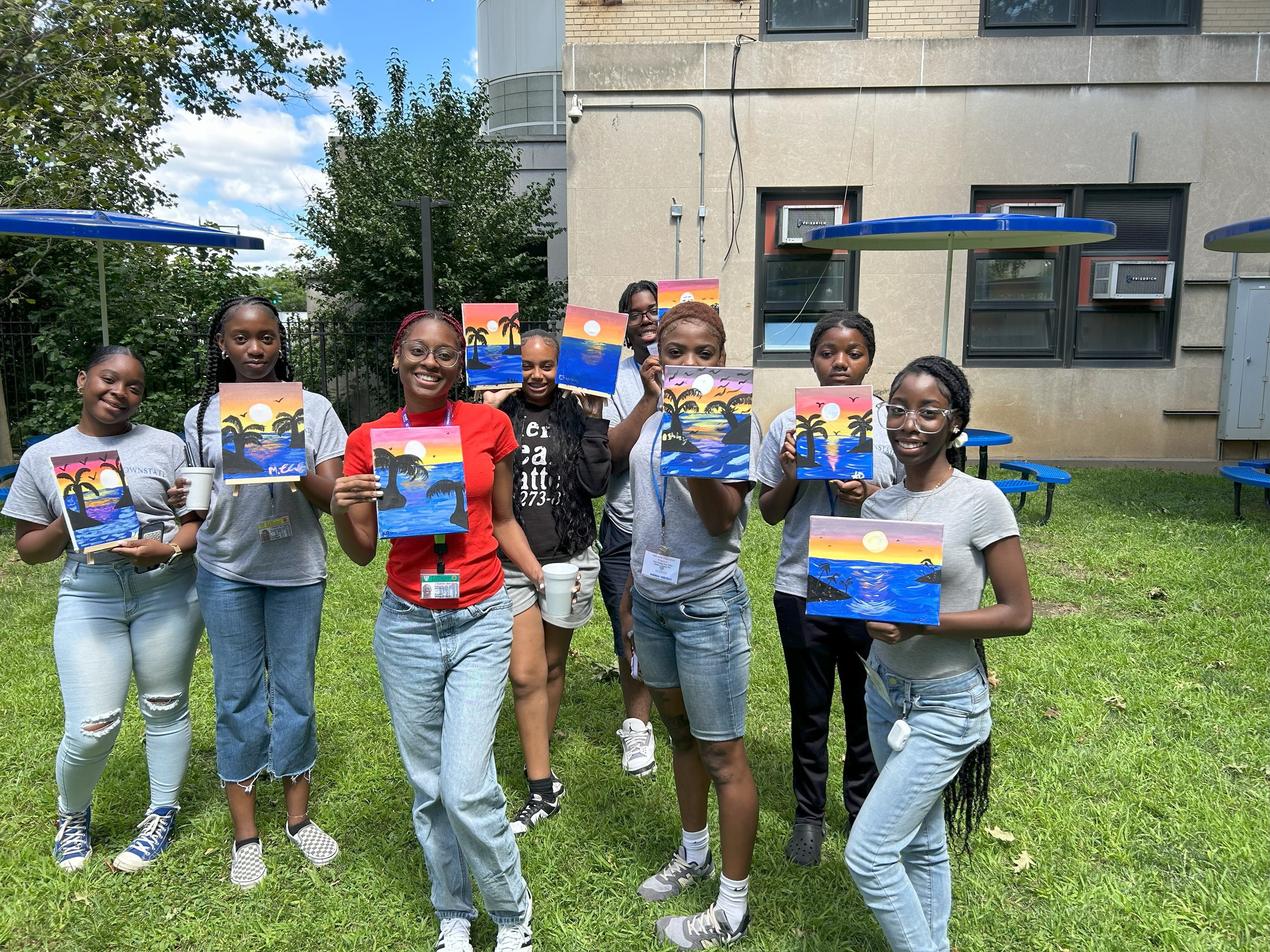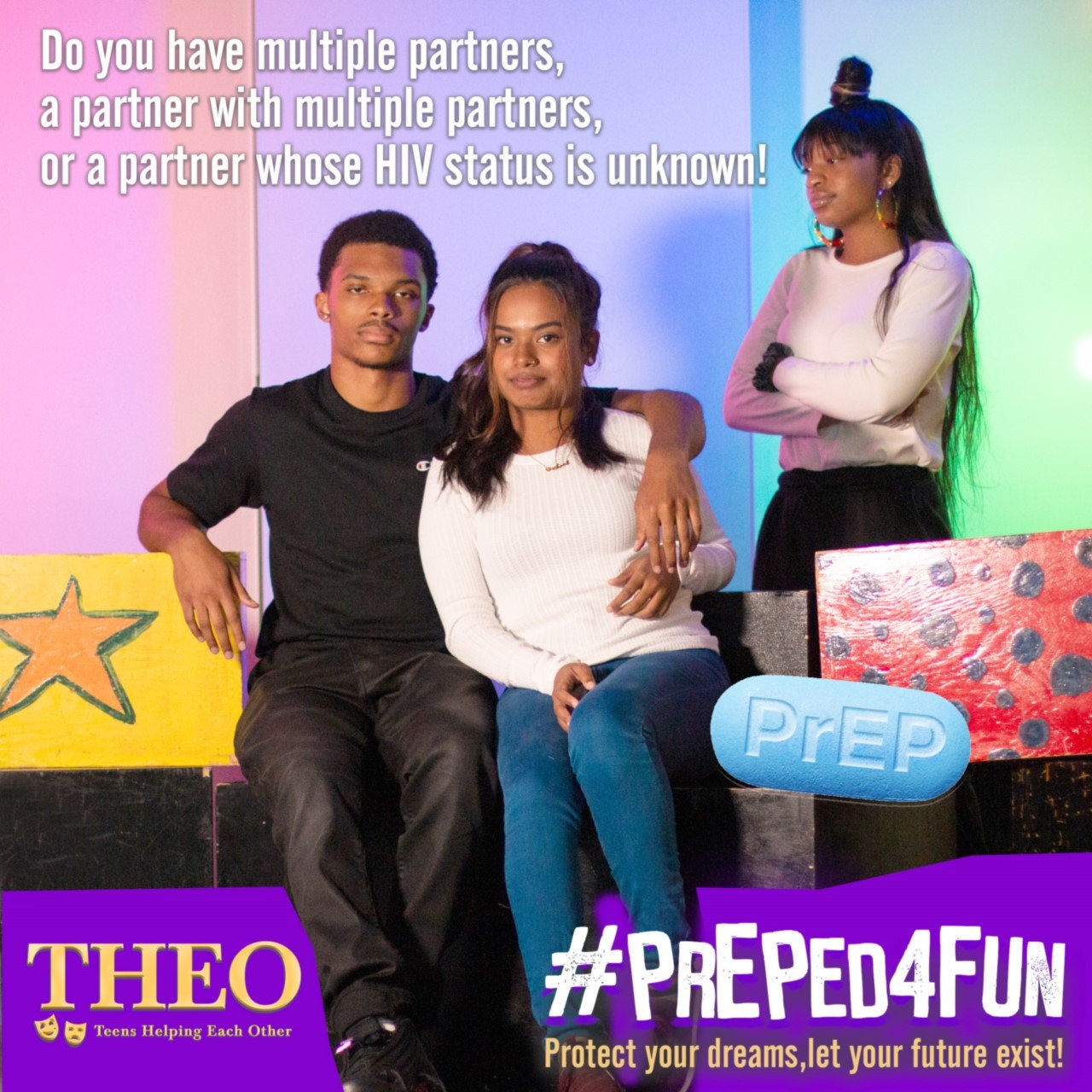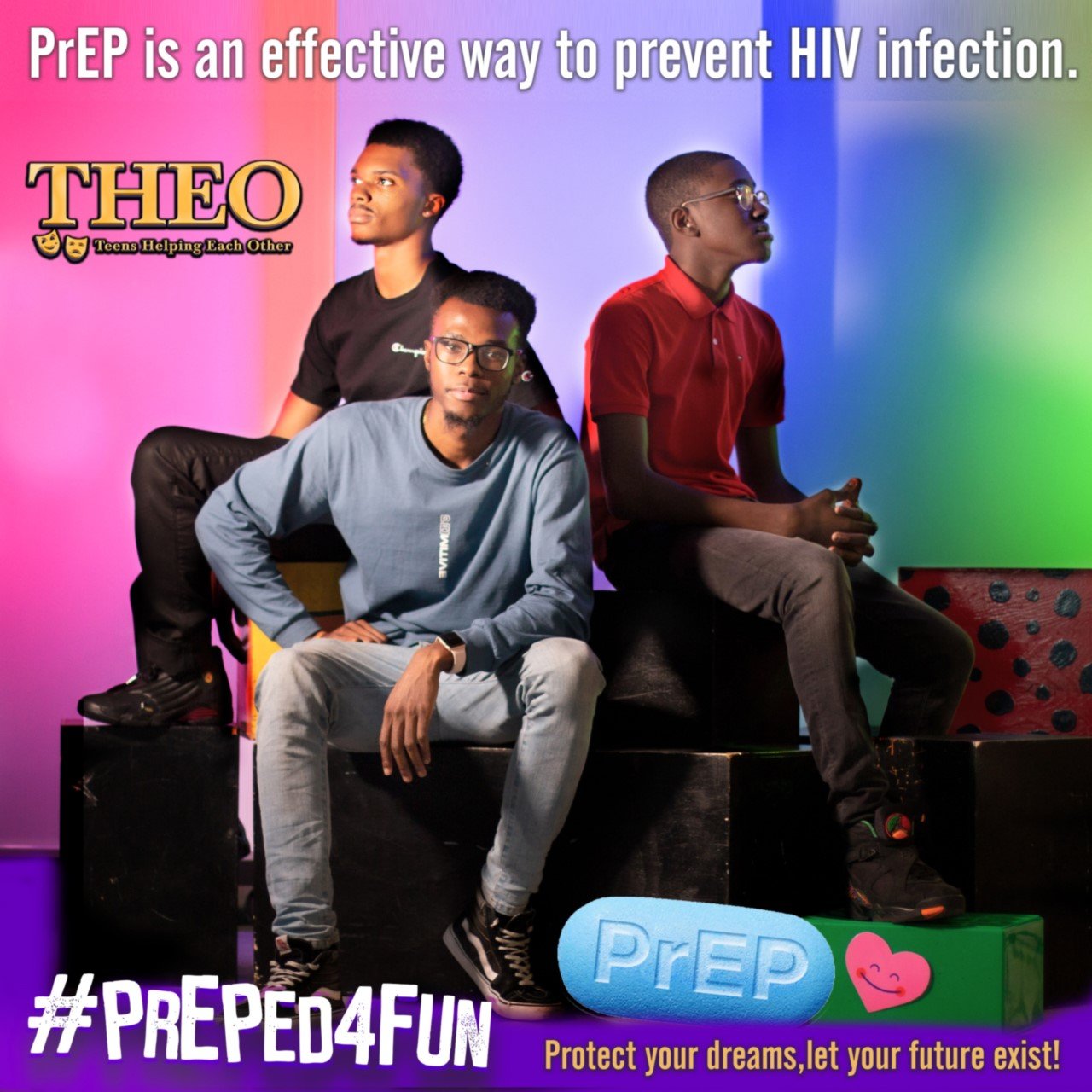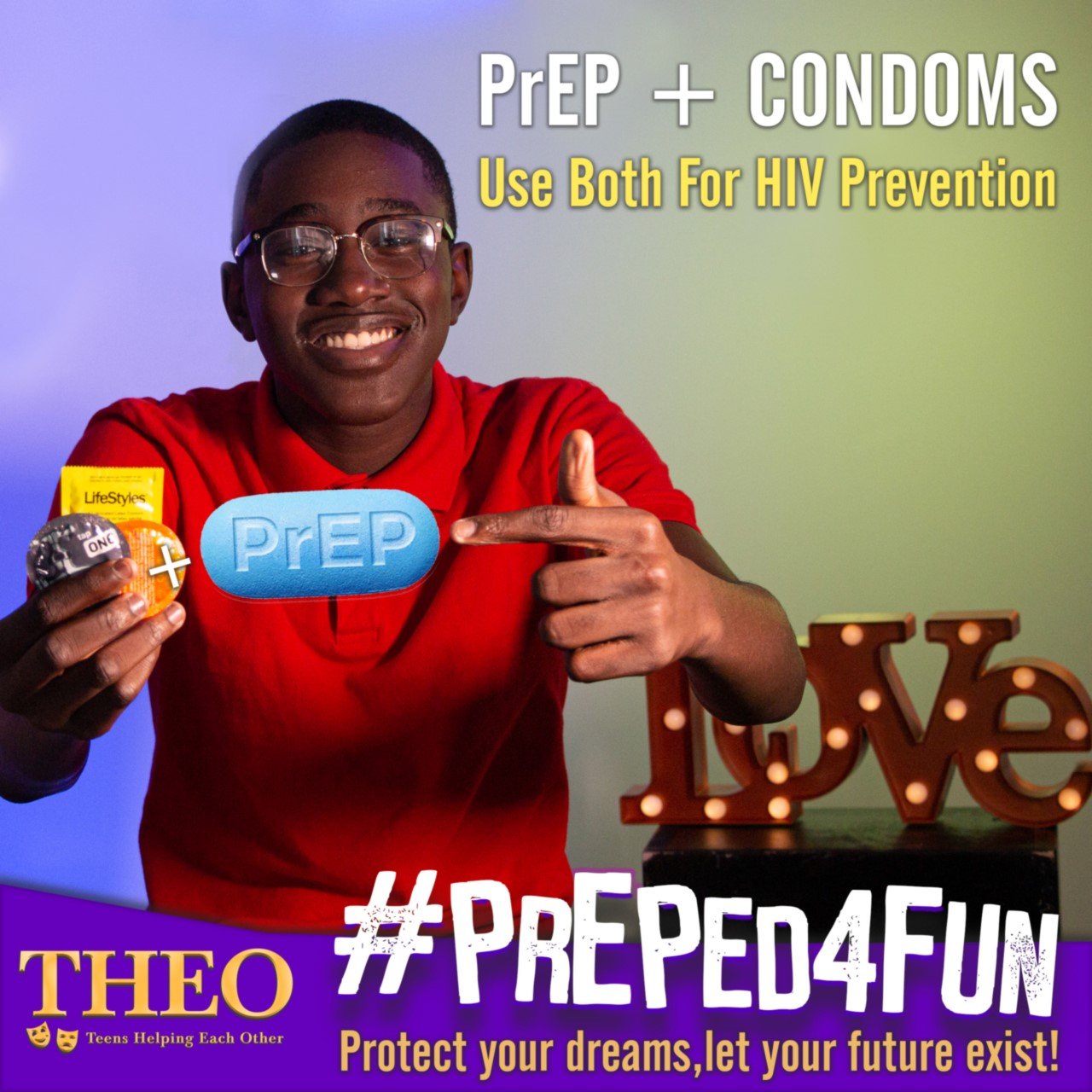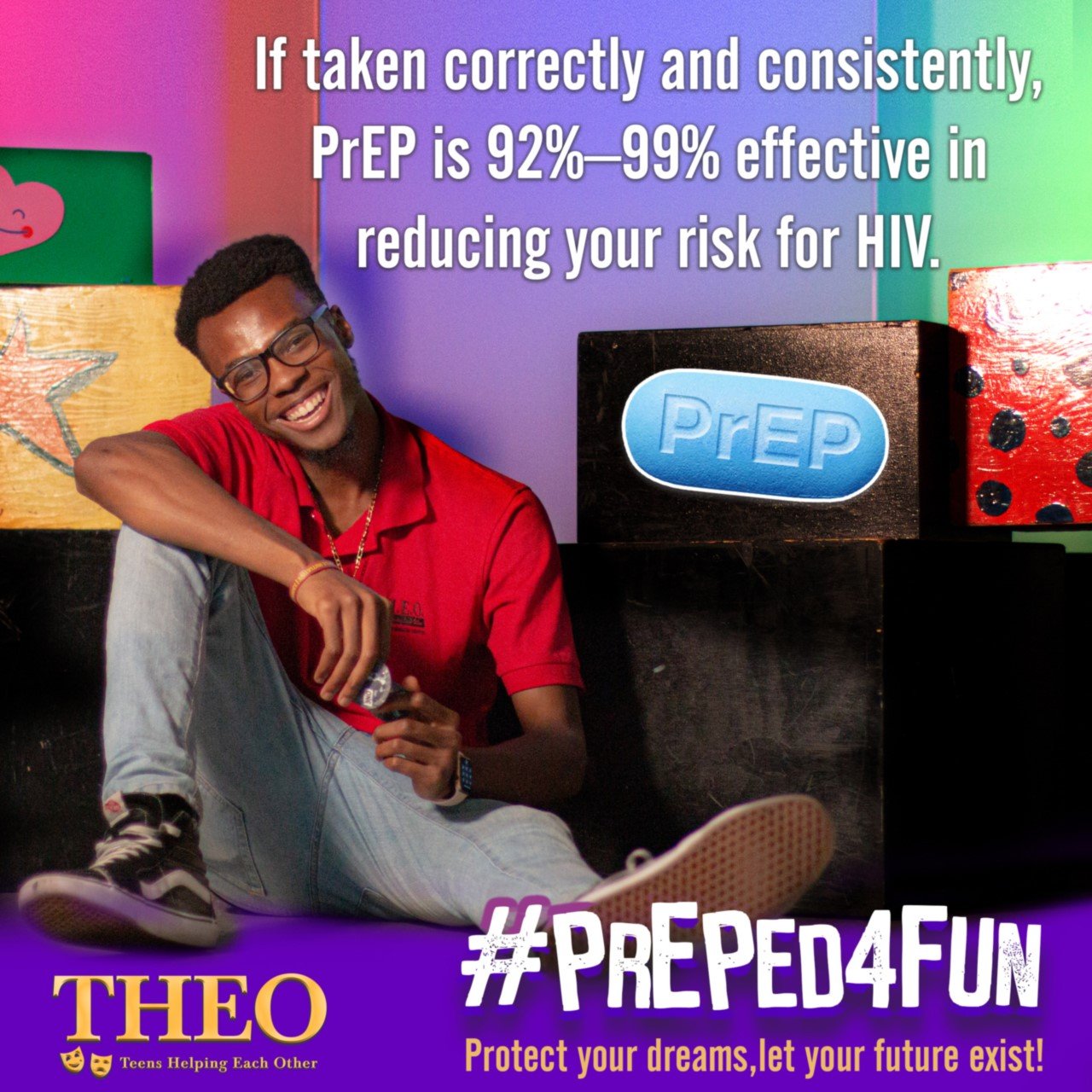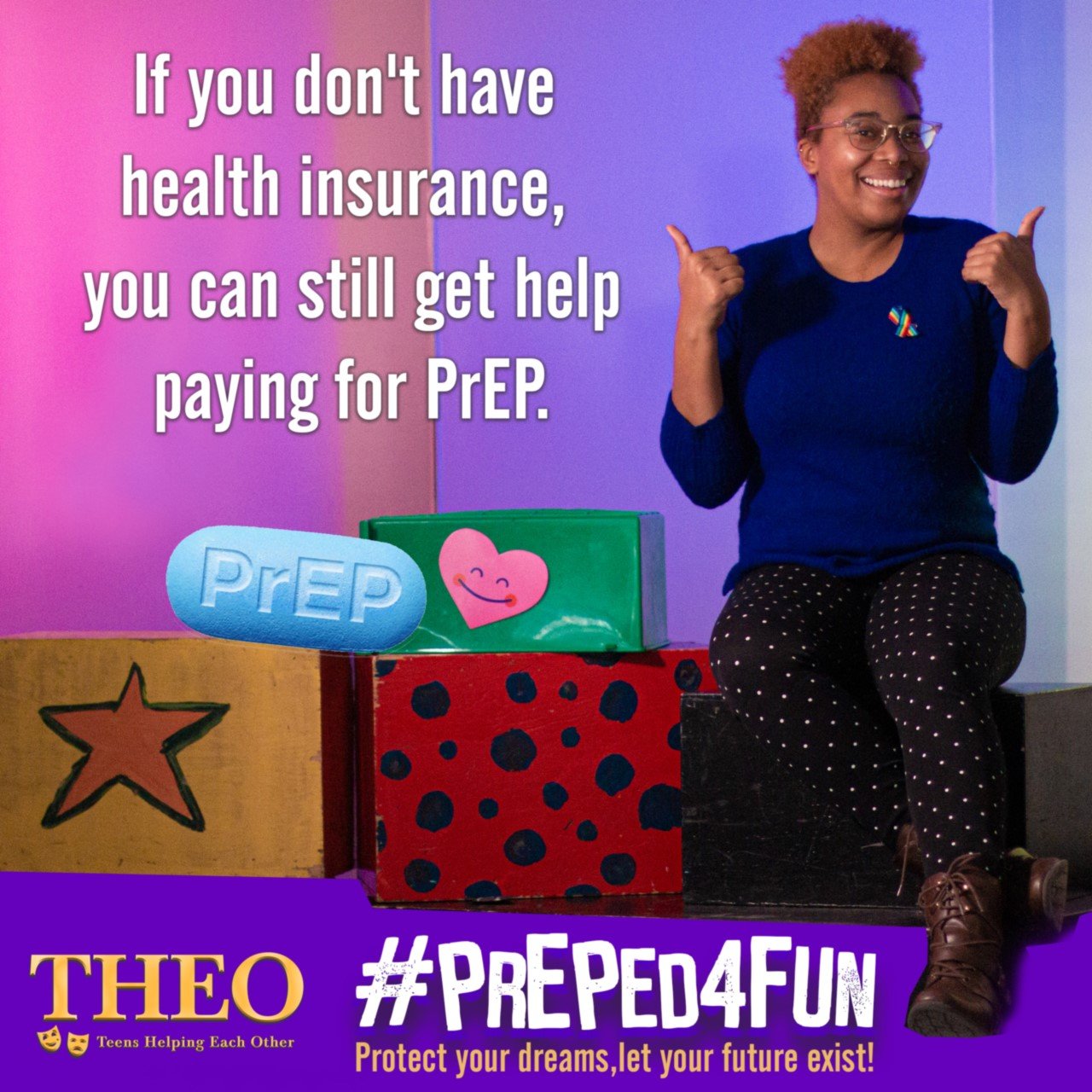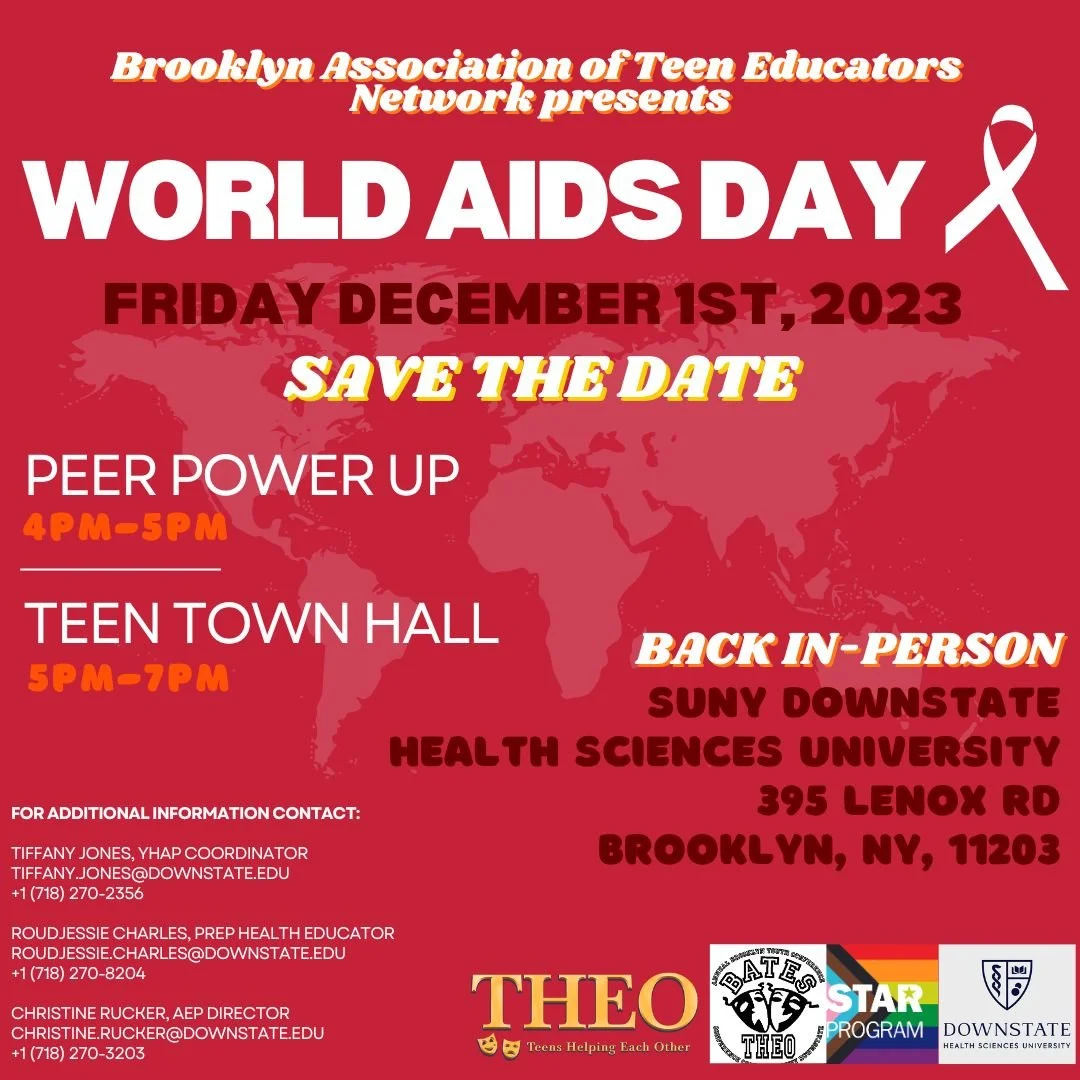Oftentimes, people don’t realize that they are not alone when it comes to their struggles. Whether it be financial struggles, relationship issues, and even health problems, there is always someone out there who understands exactly what it is you are going through. The month of October has been dedicated specifically to those with breast cancer and people whose loved ones have it, to help them come to terms with it, accept it, talk about it, and figure out different treatment plans.
Organizations like Breast Cancer Now, the National Breast Cancer Foundation, INC, and the Breast Cancer Research Foundation have all been dedicated to informing people about the symptoms, risks, and treatments of breast cancer. They have made it their mission to teach women, men, and everyone in between what they should do if they think they might have breast cancer.
The call to breast cancer awareness is especially important nowadays, during this COVID era. Unfortunately due to the huge setbacks that came with the COVID-19 pandemic, a lot of breast cancer cases have gone undiagnosed in the past year, considering that there were many complications when it came to screenings and evaluations such as mammograms. But organizations like the ones that were mentioned above, and much more, are raising money in order to try to fight these newly arisen challenges.
So what is breast cancer? Breast cancer refers to cancer that starts in the breast of a person. Like other types of cancers, it is a lump, or a tumor, that forms in the localized area, and that can eventually spread to other parts of the body if left untreated. Breast cancer is typically found in people assigned female at birth, however people assigned male at birth are still at risk. Even though they may not have breasts that mimic those of people assigned female at birth, they still have breasts.
There are various types of breast cancers. There are those that start in the nipple area (the ducts that carry milk to the nipple), known as ductal cancer. There are those that start in the glands of the breast milk itself, and these are called lobular cancer. There are lesser common ones such as phyllodes tumors, and there are other tumors called sarcomas that can either be benign (non-cancerous) or malignant (cancerous).
In order to determine whether or not breast cancer is present, doctors typically perform a biopsy. This is a small surgery in which they cut out a piece of the tissue in question and send it over to a lab in order to be tested. They also sometimes do a hand exam on the breast(s), and then use machines just to be sure. Screenings/evaluations such as mammograms, breast ultrasounds, and MRIs can all be used.
Some common symptoms that you should watch out for include lumps/swellings on or around the breast area, irritation of the skin on or around the breast- rashes, hives, flakiness, etc- breast and nipple size changes (usually gets bigger), pulling in of the nipple or the nipple protruding, and pain on or around the breast and nipple area. It is really important to be aware of the slightest change that occurs in the breast because while it could be simple hormones and regular changes, it could also be something much more dangerous. That is why it is recommended that EVERYONE does a self-check exam at least once a month, but especially for people who get periods.
In order to perform a self-check exam, you must lift up your arm and start to feel everywhere around your breast for any bumps. Start to feel under the armpits, under the breast, around the nipple, the side of your breast right under your underarm. If you feel a bump, it is best to go to a professional and get it checked out.
